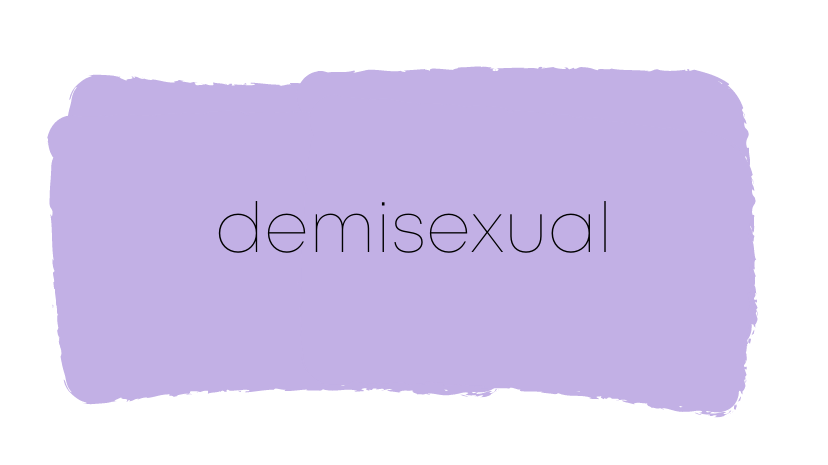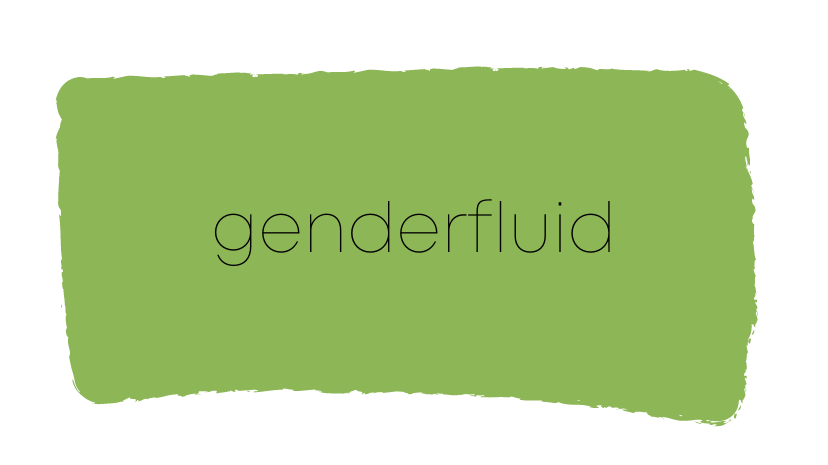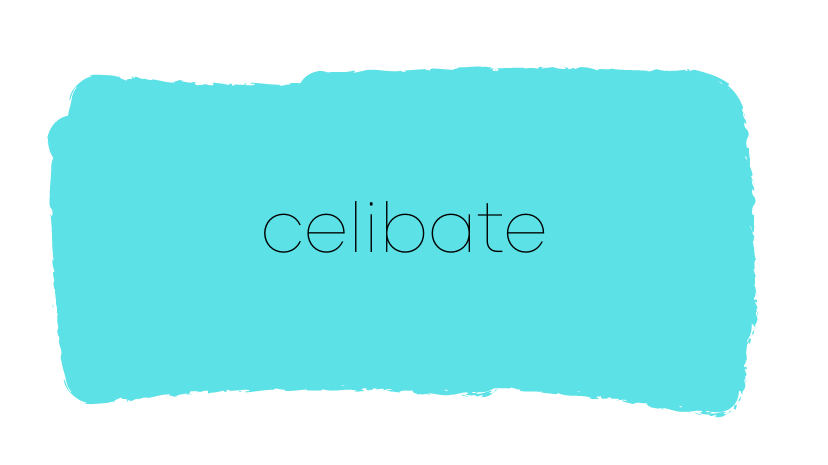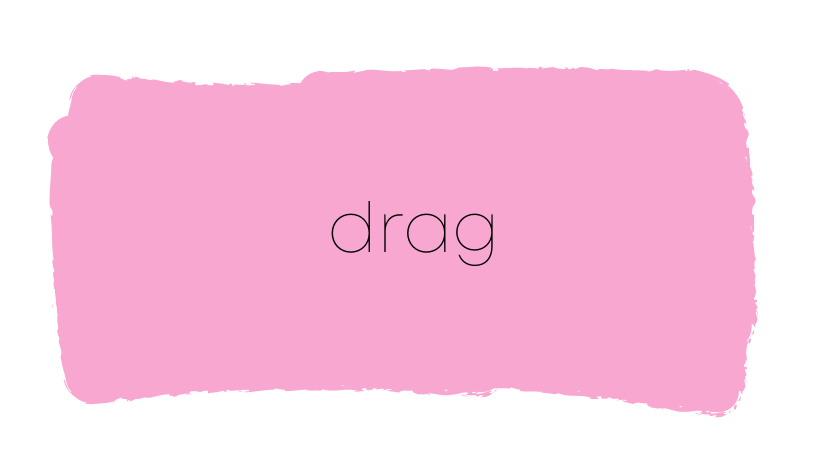LGBTQ TERMINOLOGY

LGBTQ or LGBTQIA are acronyms for lesbian, gay, bisexual, transgender, queer, intersex, and asexual. It is also common to use the term queer as an umbrella term for all of these.

Queer is an umbrella term for sexual and gender minorities. The term used to have negative connotations, but is becoming more and more common and empowering.

A person’s sense of their own gender. Gender identity can correlate with a person’s assigned sex but sometimes it does not.

Describes a person whose gender identity is the same as their sex assigned at birth.

A male who was assigned a female at birth. If a friend says, my son is transgender, she means he/they identify as a male (or in other words, they are male).
To read the story of an LGBTQ LDS family which includes a transgender male, click here

A transgender person is a person who’s gender identity is different from the gender they were assigned at birth. It's okay to use the word trans, if you are being respectful.
The most recent Gallop poll found that 3.7% of Americans identify on the transgender spectrum.
Being trans does not mean someone is gay.
To read the story of an LGBTQ LDS family which includes someone who identifies as transgender, click here

Most people – including transgender people – identify as either male or female. Those who don’t feel as if they fit either category may identify as non-binary. It could mean they identify with both men and women, or neither men nor women.
To read the story of an LGBTQ LDS family which includes someone who identifies as non-binary, click here

The current diagnosis used to describe the distress an individual may experience as a result of having a gender that is different from the sex assigned at birth.
To read about an LDS LGBTQ family which includes a person who experiences gender dysphoria, click here

A woman who is attracted to women.
To read about an LDS LGBTQ family which includes a family member who identifies as lesbian, click here

Asexual describes a person who experiences little or no sexual attraction to other people. Please note, asexual is different than aromantic (see aromantic definition)

For queer, gender non-conforming, non-binary, and transgender people, the pronouns she/her and he/him, may not fit. They may prefer they/them.
Studies show that transgender and nonbinary youth who reported having their pronouns respected by the people they lived with attempted suicide at half the rate of those who did not.

Aromantic represents people who either do not experience romantic attraction (or experience little to no romantic attraction) or do so in a nontraditional way.
One of the meanings of the A in LGBTQIA+ is aromantic.
Aromantic is often shortened to "aro" (sometimes pronounced like arrow). Aromanticism is the romantic-orientation counterpart for asexuality. However, aromanticism is not limited to asexuality, as aromantic people can identify as any sexual orientation.
Asexual is very commonly used in conjunction with aromantic, though they are two separate identities. Asexual is a sexual orientation in which an individual does not experience sexual attraction. Aromantic is a romantic orientation; they do not experience romantic attraction.
A misconception regarding aromantic individuals is that they do not feel love, but aromantic people simply do not feel romantic love and the desire to act romantically toward a partner. Aromantic people still experience emotions, desires, attractions, and forms of love that are non-romantic. Aromantics may or may not feel sexual attraction; not all asexuals are aromantic, nor are all aromantics asexual

A section of the asexual community, people who identify as demisexual develop sexual attraction to someone only after forming a deep emotional bond with them

The term gay (often used in place of the more scientific umbrella word homosexual) indicates a man who is romantically and emotionally attracted to men. The term gay is sometimes used to describe lesbians (women attracted to women) or as an umbrella term for anyone who is LGBTQ.
To read about an LDS LGBTQ family which includes a family member who identifies as gay, click here

Indicates attraction to someone of the same gender. *This term is not widely used by LGBTQ people.

A person who supports or advocates for LGBTQ people.

A person who is genderfluid (or simply fluid) is a person whose gender identity is not fixed. It can change over time, or from day-to-day. Fluid (genderfluid) is a form of gender identity or gender expression, not a sexual orientation

Celibacy (or being celibate) refers to not having any sexual partners.

A person who is sexually attracted to more than one gender.
To read about an LDS LGBTQ family which includes a family member who identifies as bisexual, click here

Intersex identifies people born with a variety of differences in external sex traits and reproductive anatomy.

Coming out is often an important step for LGBTQ people. Research shows that feeling positively about sexual orientation and integrating it into one's life leads to greater well-being and mental health. This often involves disclosing one's identity to others. Being able to discuss sexual orientation with others also increases the availability of social support and psychological well-being

The umbrella term genderqueer refers to someone who does not follow binary gender norms. They may be non-binary, agender, pangender, genderfluid, or another gender identity.

“Drag is a kind of performance art. It’s time-honored form of theater that plays with gender expression and heightened gender stereotypes. There are many genres of drag. Drag queens are the most well-known…
Drag queens are people, usually male or trans, who dress in women’s clothing and often act with exaggerated and stereotypical femininity with a primarily entertaining purpose. They often exaggerate make-up for dramatic, comedic, and/or satirical effect. The term “female impersonator” is no longer used.
Drag kings are mostly female or trans performance artists who dress in masculine drag and personify male gender stereotypes as part of an individual or group routine.
Although stereotypes abound, it’s not really safe to assume you know much about someone who performs drag…because it’s a performance.
Drag performers may be lesbian, bisexual, transgender, cis-gender, bisexual, genderqueer, or otherwise part of the LGBT community. In drag’s current expression in the USA, it’s generally considered and celebrated as a queer art form” - definition from https://www.pnwumc.org/news/lgbtq-and-you/

